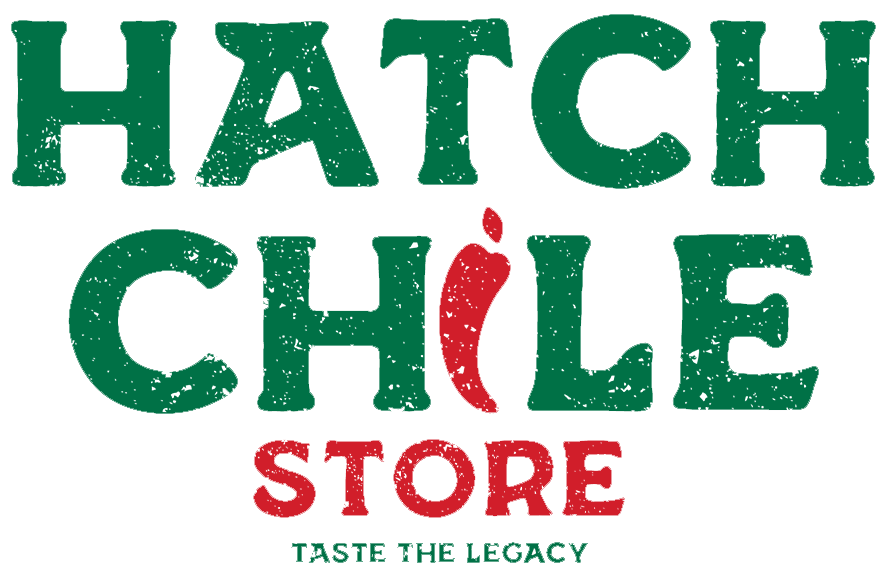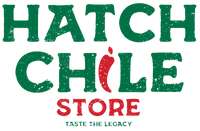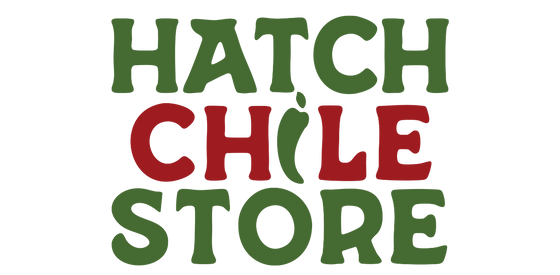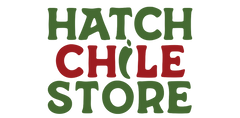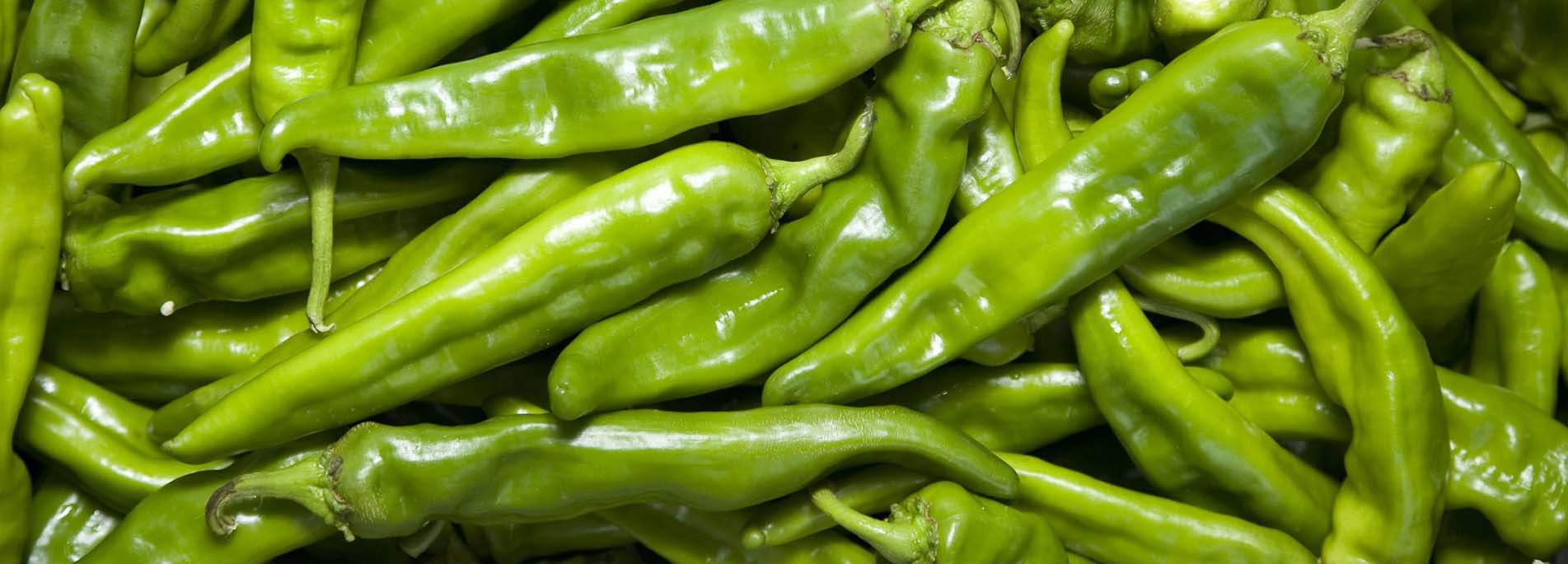
A Day in the Life of The Hatch Chile Store. Part 1
A Day in the Life of The Hatch Chile Store Part 1
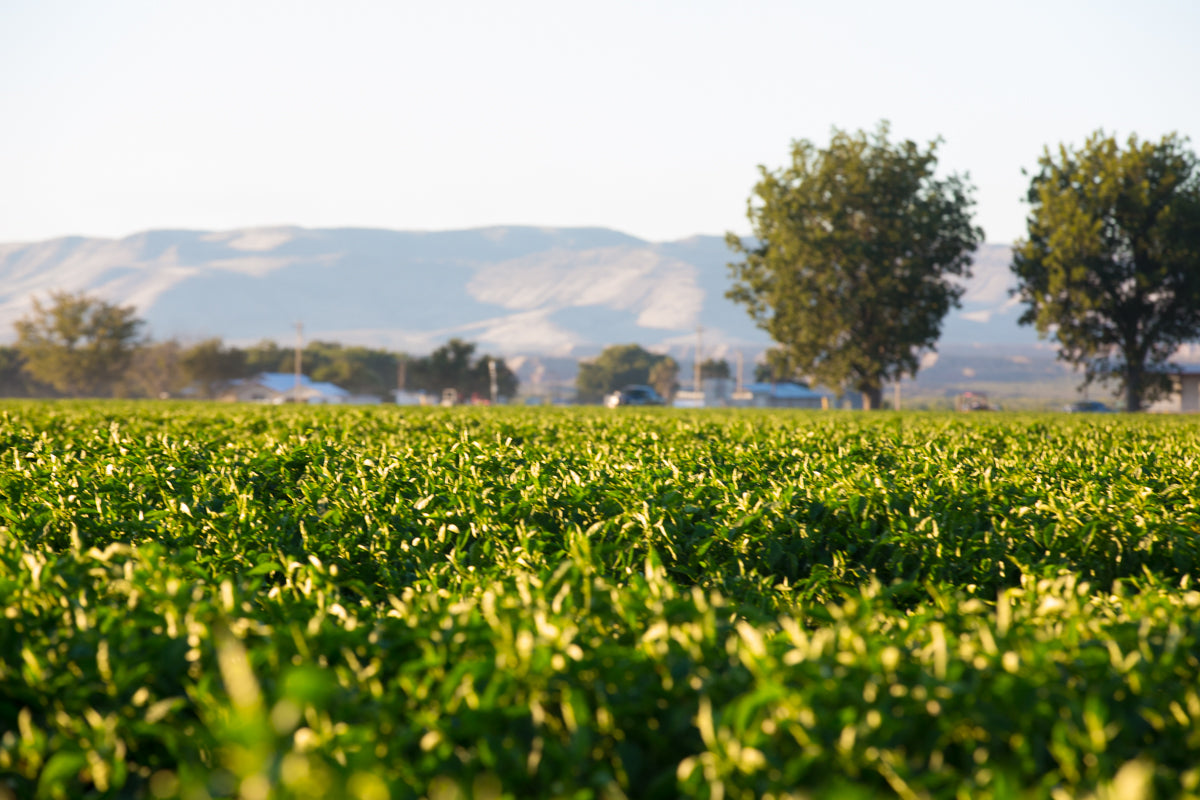
Hey, Chile Fanatics!
Today I am bringing you part 1 of a Day in the Life of The Hatch Chile Store!
I got up early Tuesday morning and made the drive to the Hatch Valley. I watched the sun rise over the mountains and light the valley. I met our COO to go to the chile fields. As we drove from our packing facility to the fields, we saw an abundance of birds, especially quail. I was hoping for deer and coyote, but that was not to be this morning.
We stopped at several fields so I could see the different varieties of chile, as well as the difference between fields started from transplants and those from seeds. The field in the photo above was started from transplants, you can tell by the uniformity of the height of the plants.
The image below shows a field that was started from seeds. You can see much more of a variable in the height and spacing of the chile plants.
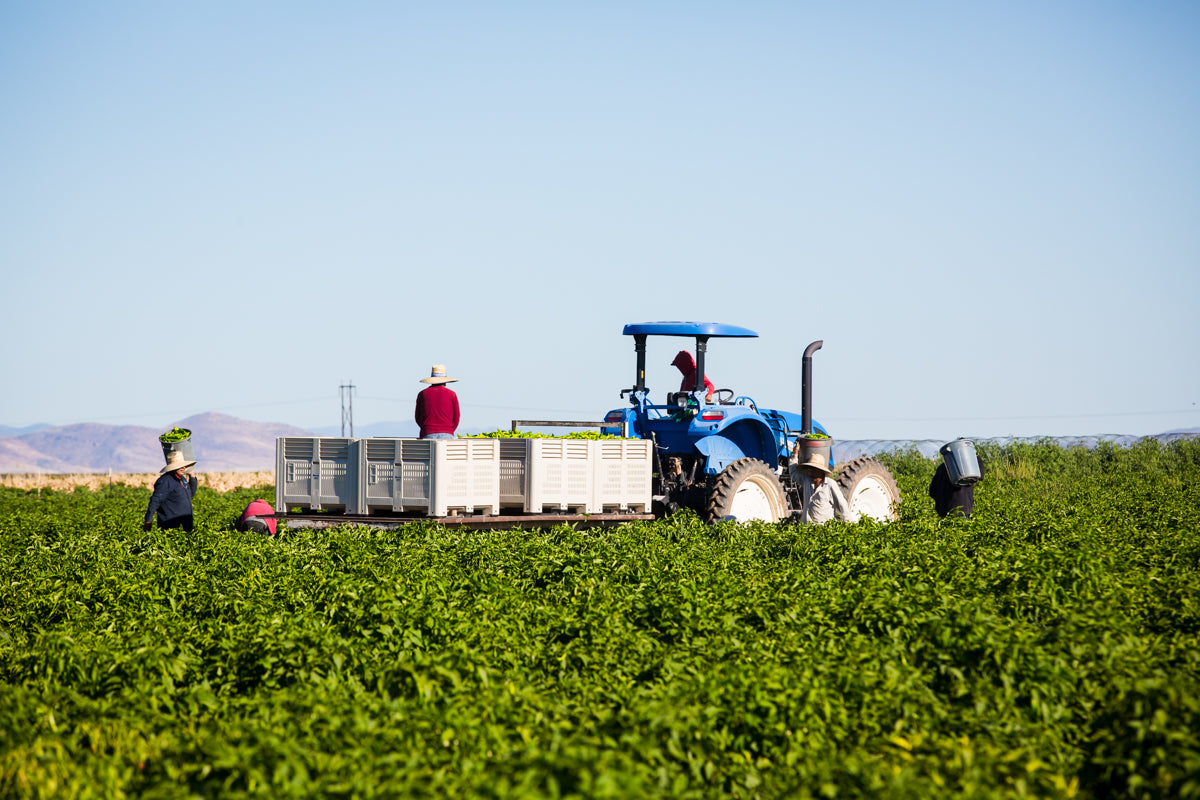
If you have been keeping up with us this summer, you know that we have had a tougher-than-normal chile season. Because of the extreme heat, we experienced a harvest gap. So much chile turned red before it was ready to use. That chile wasted on the plant. Because it couldn't be harvested, the farmers came in and took the tops off the plant, leaving the chile that was at the bottom. This is called shredding. Now, there is new growth with much healthier plants. As we pulled back the leaves to see the new growth, there was still evidence of the wasted chile. It is very sad to see how much was wasted due to the heat.
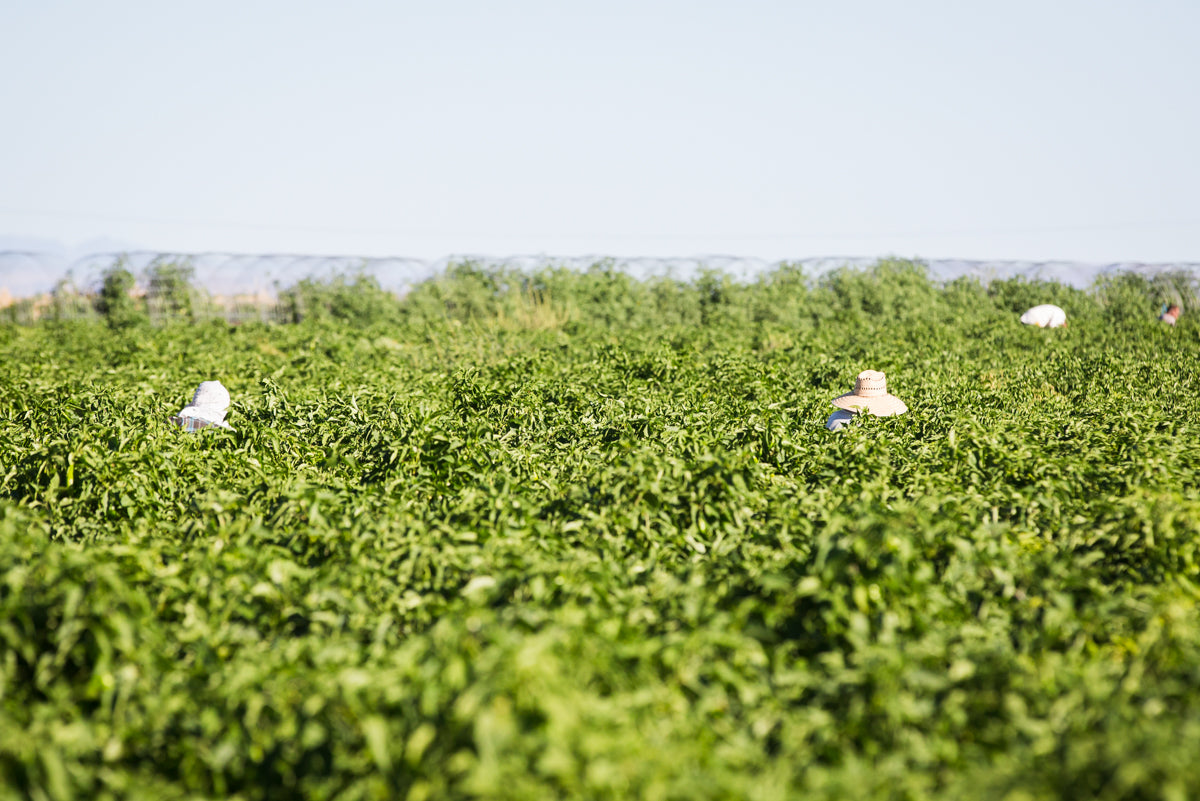
Walking in the fields, it is interesting to see that there are fresh blooms on the tops of the chile. There are small pods forming. To see the large, luscious pods, is more like a hunt for Easter eggs. They grow lower and are harder to spot. You can pull back a leaf and see a clump of several beautiful chile. Because of this, all chile has to be harvested by hand. Unlike gardens I am used to seeing, chile is not gown in single lines, they are grown in rows of three. I asked if they leaned over to harvest from the center. Nope. They actually crawl on their knees to harvest the chile for us. The image to the right shows a group of pickers in the knee/thigh-high plants.
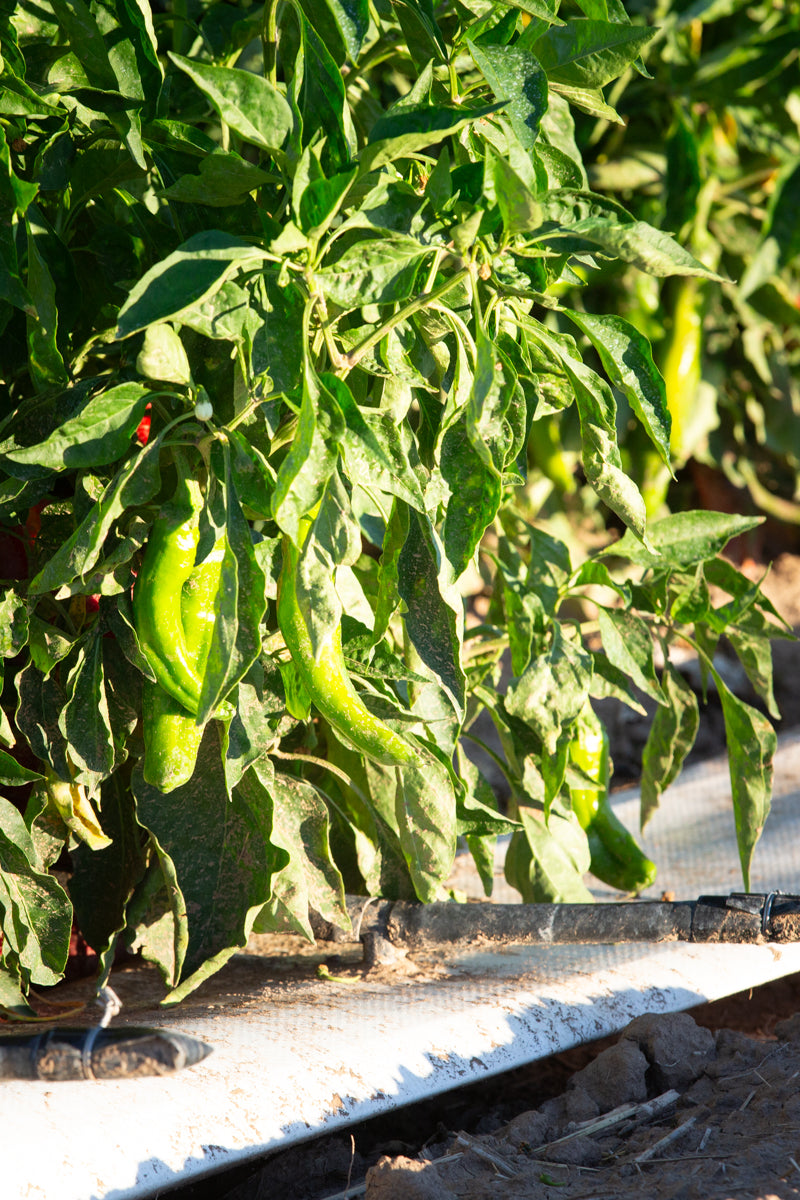
I was interested in how chile is irrigated. Since I moved to New Mexico in the winter, I have seen many farmers flood their fields for irrigation. I knew that too much water wasn't good for the chile, and muddy fields would make it hard to harvest. It seems most chile farmers no longer flood irrigate but now use a drip irrigation system. In the photo below you can see the large white hose with the black hose branching from it. Water is pumped into the large hose and then irrigates the field through the smaller black hoses.
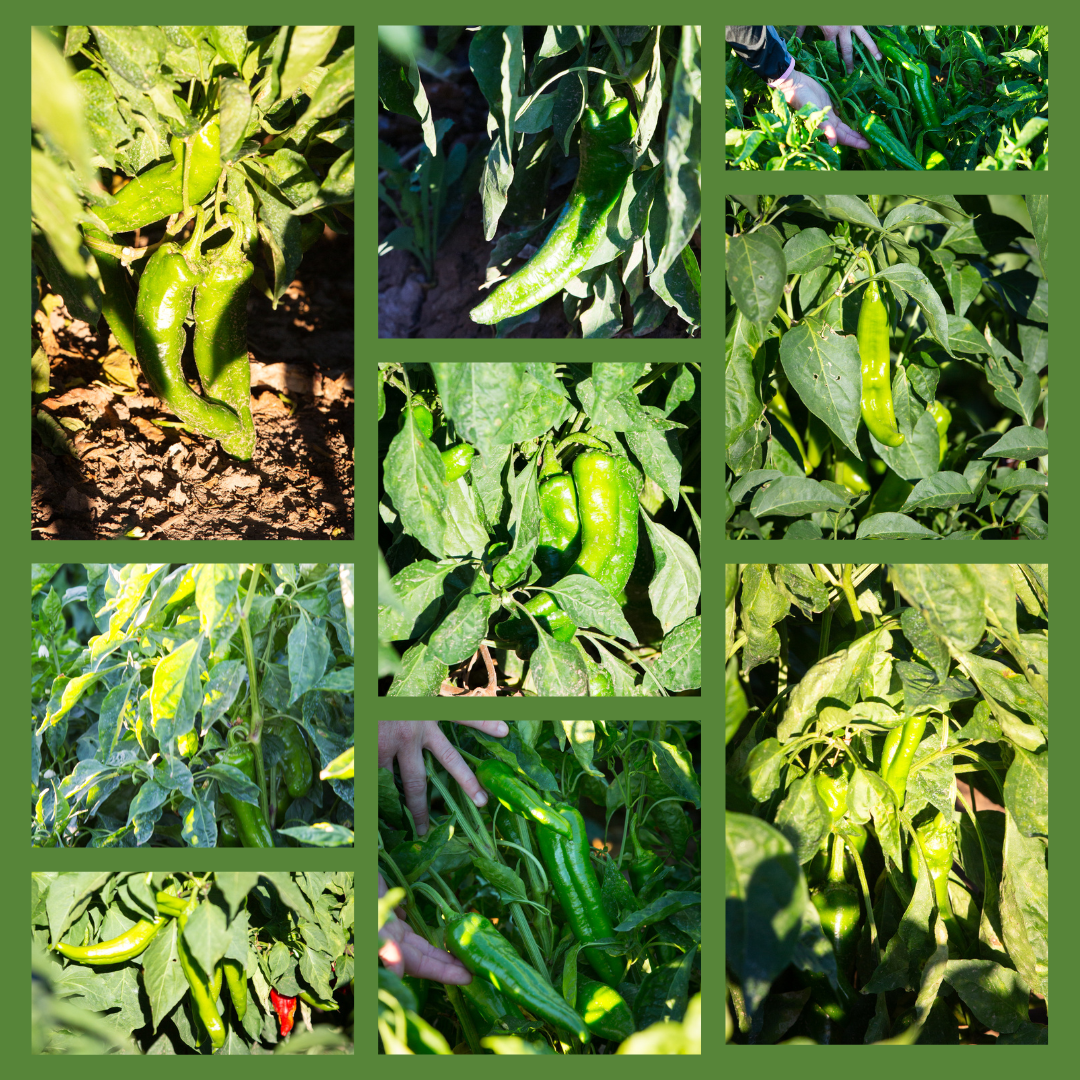
The chile is picked by hand, loaded into the bins, then moved to the packing shed. I was excited to see all phases of the day - from picking to packing. I will share more with you soon about the process and care that goes into packing each of your orders. Thanks for coming along with me!
